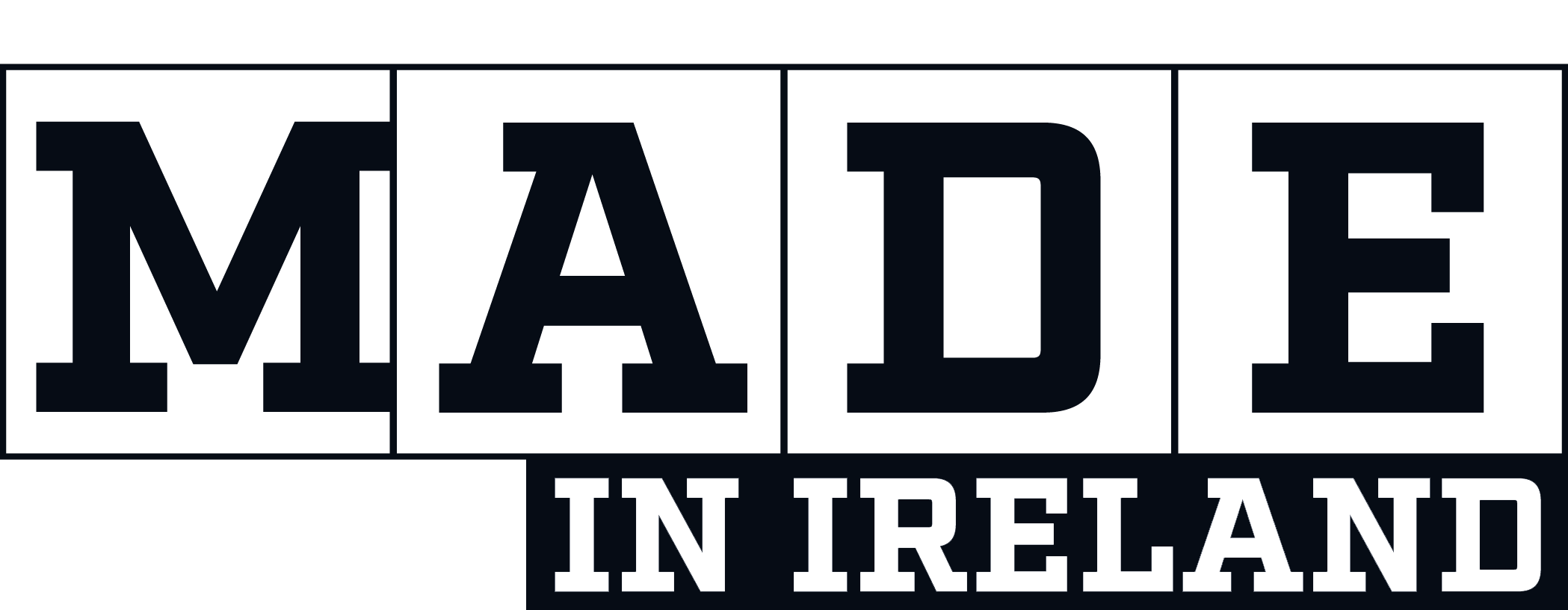Trumpf will showcase the scope of its capabilities in lasers at Medical Technology Ireland on 25th and 26th September at Galway Racecourse.
The focus will be laser marking but Trumpf systems are also widely specified for fusion cutting, spot and seam welding, heat conduction welding, laser metal fusion, hardening and annealing, soldering and welding, melting, forging, tube welding and sealing.
Trumpf provides lasers that mark UDI codes and the software to generate the correct code based on production data, and read it back for quality control purposes.This step can be seamlessly integrated in the customer’s production chain using a flexible interface.
Thanks to its broad product range Trumpf can provide, as part of this marking system, the right laser for any type of material, from stainless steel and aluminium to plastics and organic materials. The new TRUMPF TruMicro Mark 2000 is, however, a particularly good choice for the medical device sector.
It offers an ultra-short pulsed laser with extremely short 0.4- to 20-picosecond laser pulses and high pulse energies of up to 20 microjoules. It produces completely corrosion-resistant marks that maintain their high-contrast appearance even after repeated cleaning and sterilisation.
The pulses emitted by the Trumpf TruMicro Mark 2000 are short enough to enable cold material processing. This means the time taken to absorb the laser energy is shorter than the time required to heat up the surrounding material, so the marking of the material is completed before thermal processes can take effect.
To mark the medical device, the high pulse peak powers of the Trumpf TruMicro Mark 2000 initially produce a nanostructure on the device’s surface. This rough surface creates a light trap that significantly reduces the diffuse scattering of the light, causing the mark to take on a permanent dark black hue.A big advantage of this method is that it allows the protective chromium oxide layer of the steel to re-form after processing, preventing the onset of corrosion.
Trumpf lasers process medical devices and instruments with exceptional precision in a completely non-contact procedure.As a result, the tool is pre-destined for sterile, fast production of small tubes and injection needles, for example. Surfaces have no drag lines, rolls, burrs or grooves which could compromise hygiene.Laser-welded seams, such as on endoscopes, have a smooth, pore-free surface and the same biological compatibility as the basic material.
Prostheses and implants need to be individually adapted to each patient and these are now flexibly produced using Trumpf lasers.For example, 3D printing can be used to create a dental implant by building up layers from metal powder.To ensure the implant surfaces are hard and durable, solutions often include Trumpf Hüttinger DC generators. In addition, heat-sensitive implants, such as electronic pacemakers, can reliably be sealed using laser welding.By using pulsed laser, the input energy can be controlled very accurately so that a tight weld seam is produced without overheating the product.










